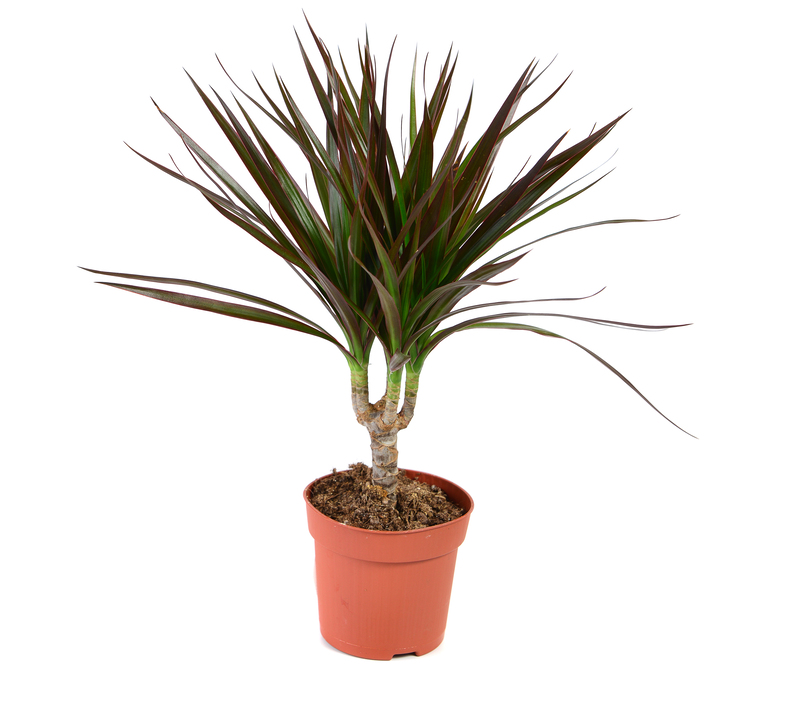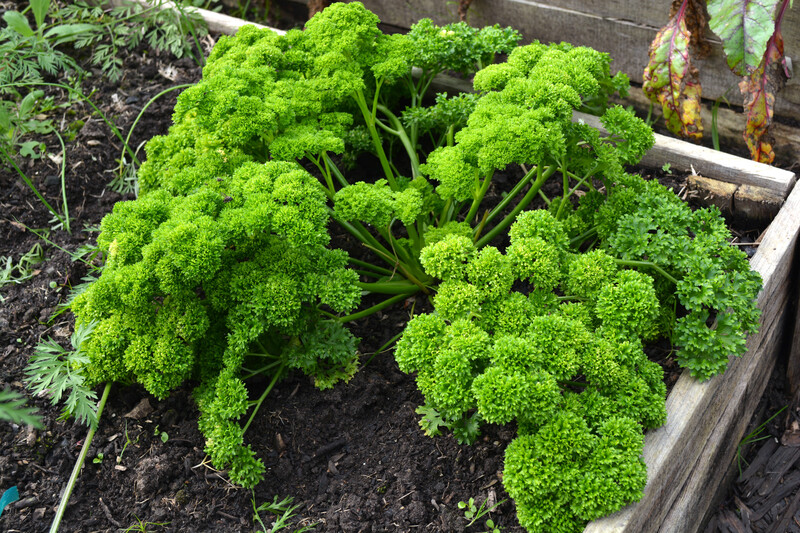Beginner-Friendly Lawn Care Tips for Stunning Results
If you're new to the world of lawn care, achieving a lush, green, and healthy yard may seem overwhelming. But don't worry! With the right approach and a bit of patience, anyone can transform their outdoor space. In this comprehensive guide, you'll discover the best beginner-friendly lawn care tips that will help you achieve stunning results no matter your experience level. Whether you want to boost curb appeal or just enjoy a beautiful space, these strategies are easy to implement and proven to work.

Understanding Your Lawn: The First Crucial Step
Know Your Grass Type
All lawns are not created equal. Understanding your grass species is fundamental for effective lawn maintenance. The main types of grasses include:
- Cool-season grasses (such as Kentucky bluegrass, fescue, and ryegrass): These thrive in northern climates and prefer cooler temperatures.
- Warm-season grasses (including Bermuda, zoysia, and St. Augustine): These flourish in southern regions and tolerate heat well.
Tip: Knowing your grass type will help you make smart choices about mowing height, fertilization, watering, and overseeding.
Test Your Soil
Healthy soil is the foundation of vibrant lawns. A simple soil test (available at garden centers or through cooperative extensions) uncovers critical information about pH and nutrient deficiencies. Beginner lawn care starts with understanding what your soil needs.
- Ideal soil pH for lawns is between 6.0 and 7.0.
- Add lime to raise pH or sulfur to lower it if necessary.
- Fertilize based on soil test recommendations for maximum grass health.
The Basics of Lawn Watering
Watering Deeply and Infrequently
One of the most common mistakes beginners make is frequent, shallow watering. Instead, aim for deep, infrequent watering to encourage strong root growth.
- Water early in the morning for best absorption and to avoid fungal diseases.
- Your lawn typically needs 1 to 1.5 inches of water per week, including rainfall.
- Use a rain gauge or an empty tuna can to measure water application.
Pro Tip: If you step on your lawn and footprints remain, it's time to water.
Signs of Underwatering and Overwatering
- Underwatered lawns look dull or bluish-gray; grass blades may curl.
- Overwatered lawns may develop thatch, fungal diseases, or feel soggy underfoot.
Mastering Mowing: The Key to a Healthy Lawn
Set the Right Mowing Height
Mowing your grass to the right height encourages strong, dense turf. Follow this lawn care tip to reduce weeds and stress:
- For cool-season grasses: Cut to 2.5-4 inches high.
- For warm-season grasses: Cut to 1-3 inches high depending on the species.
Never remove more than 1/3 of the grass blade in a single mowing.
Sharpen Your Mower Blades
Dull mower blades tear the grass, leaving ragged tips that invite disease. Sharpen your blades at least once a season to ensure a crisp, clean cut.
Mow in Different Directions
Change your mowing pattern every session to prevent soil compaction and encourage upright grass growth.
Fertilizing for Impressive Results
Select the Right Fertilizer
Choosing the correct fertilizer ensures healthy, vibrant lawns. Read the bag's label for the N-P-K ratio (nitrogen, phosphorus, potassium), and match it to your soil test results.
- Spring: Use a balanced fertilizer to promote growth.
- Summer: Apply slow-release nitrogen if needed.
- Fall: Apply fertilizer with a higher potassium content to strengthen grassroots over winter.
Always follow label instructions and avoid over-fertilizing, which can burn your grass and pollute waterways.
Organic vs. Synthetic Fertilizers
- Organic fertilizers (compost, manure) enrich soil naturally and improve long-term lawn health.
- Synthetic fertilizers offer quick results and precise nutrient delivery.
Tip: For beginners, consider a slow-release granular fertilizer, which is easy to apply and less likely to cause burns.
Weed Control: Keep Your Lawn Pristine
Prevent Weeds with a Healthy Lawn
A thick, healthy lawn naturally crowds out weeds. The best beginner lawn care advice for weed control is to focus on strong lawn growth through proper mowing, watering, and fertilization.
Spot-Treat Weeds When Necessary
- Hand-pull small patches for quick, chemical-free removal.
- Use post-emergent weed killers on larger outbreaks, following all label directions.
- Apply pre-emergent herbicides in early spring to prevent weeds like crabgrass from sprouting.
Always read and follow herbicide labels carefully to protect desirable plants and pets.
Aeration and Overseeding for Lush Lawns
Why Aerate Your Lawn?
Over time, soil can become compacted, making it hard for grass roots to access air, water, and nutrients. Core aeration (removing small plugs of soil) addresses compaction and is especially useful on high-traffic lawns.
- Aerate at least once a year (fall for cool-season and late spring for warm-season grasses).
- Rent a core aerator or hire a professional for larger lawns.
A healthy, aerated lawn better resists drought, weeds, and diseases.
Overseeding: Thicken Sparse Lawns
Overseeding involves spreading new grass seed over an existing lawn to fill in thin areas. This refreshes your yard's look and improves density without starting over.
- Pair overseeding with aeration for best results.
- Choose a grass seed variety suited for your region and lawn conditions.
Dealing with Common Lawn Problems
Troubleshooting Lawn Issues
- Brown patches: May be caused by grubs, drought, fungi, or pet urine. Identify and treat the underlying issue.
- Thatch: A spongy, brown layer above the soil. Dethatch with a rake or machine in early spring or fall.
- Pest damage: Look for signs of bugs like grubs or chinch bugs and treat with appropriate pesticides if necessary.
How to Recover a Damaged Lawn
- Remove debris and dead grass.
- Loosen the soil with a rake or cultivator.
- Apply quality topsoil if needed.
- Reseed and keep the soil moist until new grass establishes.
Patience is Key: Even with the best lawn care routines, results take time. Stick to your plan, and you'll see steady improvements!
Monthly Lawn Care Calendar for Beginners
Spring
- Rake up winter debris.
- Test soil and fertilize as needed.
- Apply pre-emergent weed control.
- Begin regular mowing.
Summer
- Mow regularly at the recommended height.
- Water deeply during hot, dry spells.
- Spot-treat weeds and pests.
Fall
- Aerate and overseed if needed.
- Apply fall fertilizer.
- Remove leaves and debris regularly.
Winter
- Keep off frozen or soggy grass to prevent damage.
- Service and store garden equipment for next year.
Essential Tools for Beginner Lawn Care
Having the right equipment makes lawn care for beginners more efficient and enjoyable. Consider investing in these must-have tools:
- Lawn mower: Choose a model appropriate for your yard size.
- String trimmer or edger: Keeps borders and edges neat.
- Garden rake: For cleaning up debris and dethatching.
- Sprayer or spreader: For even application of fertilizers and treatments.
- Hose and sprinkler: For consistent, deep watering.
Tip: Always maintain your tools for longevity and efficiency.
Eco-Friendly and Sustainable Lawn Care for Beginners
Caring for your lawn doesn't have to harm the environment. Here's how to keep your lawn healthy while protecting nature:
- Use organic fertilizers and slow-release products when possible.
- Leave grass clippings on the lawn: They act as natural mulch and fertilizer.
- Plant drought-tolerant grass varieties: Reduces water consumption.
- Limit pesticide use: Spot-treat only when necessary to protect pollinators and waterways.
Adopting eco-friendly lawn practices ensures a sustainable and beautiful yard for years to come.

Frequently Asked Lawn Care Questions for Beginners
1. How often should I mow my lawn?
Mow as often as necessary to maintain your grass at its recommended height, typically every 1-2 weeks during the growing season.
2. When's the best time to fertilize?
Fertilize in early spring and fall for cool-season grasses, and in late spring or early summer for warm-season grasses.
3. How do I get rid of persistent weeds?
A healthy, dense lawn is your best defense. For tough weeds, spot-treat with post-emergent weed control products and overseed to thicken up sparse areas.
Conclusion: Achieve a Beautiful Lawn with Simple Steps
Transforming your yard into a stunning lawn doesn't require expensive equipment or years of expertise. By following these beginner-friendly lawn care tips, you'll create a vibrant, healthy, and inviting outdoor space - one small step at a time. Focus on the basics: know your grass type, water correctly, mow properly, fertilize at the right time, and prevent weeds. Over time, these simple habits will reward you with a lawn you'll love to show off!
Ready to start your lawn care journey? Get outside, put these tips into practice, and enjoy the satisfaction of a lush, green lawn achieved the beginner-friendly way!